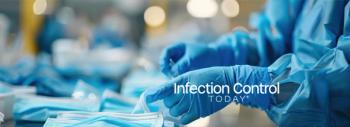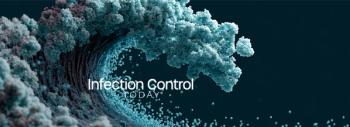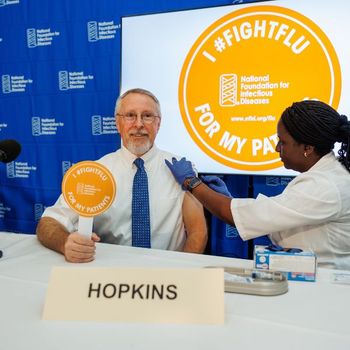
Revised Standard Addresses Sterility Challenge for Manufacturers
A revised standard published by the Association for the Advancement of Medical Instrumentation (AAMI) could make it easier for manufacturers to use a less-restrictive sterility assurance level (SAL) for medical devices that are sensitive to 10-6 sterilization processes, meaning they can potentially avoid a costlier alternative.
"The previous version of ST67 was very restrictive in using SALs other than 10-6 ," says Trabue Bryans, a co-chair of the AAMI Sterility Assurance Level Working Group, which developed the standard.
An SAL of 10-6 is the probability that a single microorganism will survive for every million products sterilized.
Some products cant withstand such terminal sterilization methods to reach the 10-6 level because of the materials used in the device or because of device design, says Gerry ODell, president of Gerry ODell Consulting in Wesley Chapel, Fla., and a member of the working group. "If you have a device that has limitations like moisture sensitivity or heat sensitivity, you may not be able to use certain techniques like steam or ethylene oxide," she says. "You may get to a point where terminal sterilization cant get you to 10-6 "
Another option is aseptic manufacturing, which is more expensive, ODell says. It requires sterilizing virtually every component of the device separately and then assembling the final product in a clean room. With terminal sterilization there is an end process that eliminates microbial contamination on the final packaged product, versus trying to control contamination throughout the manufacturing, says Bryans.
The revised standard, however, allows manufacturers to select an SAL of 10-5 (one in 100,000), 10-4 (one in 10,000) or 10-3 (1 in 1,000) for those types of products that are sensitive to 10-6 sterilization, but also requires a risk assessment in order to do that. This focus on risk assessment aligns with other regulatory documents and is the key to selecting alternate SALs.
The 2003 version also allowed for manufacturers to use these same SALs, but "there were some requirements that made it more difficult to move down that path," ODell says.
For example, if you wanted to select another SAL for a particular device like a graft, the wording of the 2003 version said you had to prove that no other devices like this one existed in the world that could be sterilized to 10-6 , says Bryans, vice president of regulatory affairs, quality assurance, and service development for WuXi AppTec, a research and development company based in Atlanta, GA.
"The standard wasnt as clear as it should have been," ODell adds.
The list price for ST67 is $80, and the AAMI member price is $40. The order code is ST67 or ST67-PDF. To order call +1-877-249-8226, or visit the Marketplace at http://marketplace.aami.org.
Newsletter
Stay prepared and protected with Infection Control Today's newsletter, delivering essential updates, best practices, and expert insights for infection preventionists.






